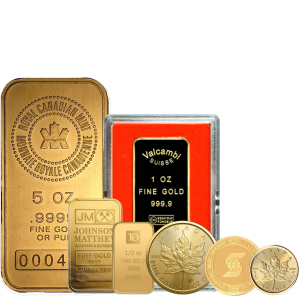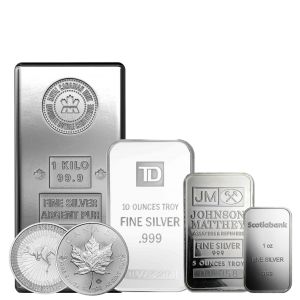

Back
Authenticating Gold & Silver Collectibles: Understanding Stamps, Marks & Hallmarks
January 10, 2025
Authenticating and Valuing Gold and Silver Collectibles: Decoding Stamps, Marks, and Hallmarks
Being Familiar with the Stamps, Marks, and Hallmarks Used for Gold and Silver
An authenticating procedure for precious metals is important. The letter "k" or "kt," which stands for purity, is the most common stamp used for gold. As an illustration, the symbol "14k" denotes 58.3 percent pure 14-karat gold. Silver is referred to as "sterling" or ".925" when it has a purity level of 92.5%. Both the provenance and the age of a product can be determined by the maker's marks or the date letters. Although these marks provide valuable information, it is better to utilize them in conjunction with other authentication methods to conduct a comprehensive examination.
It is necessary to know gold stamps, markings, and hallmarks to determine the accuracy of gold purity and authenticity. These markings provide information on the composition and origin of the metal. Karats are a measure of the purity of a product's gold. Stamps that are commonly used:
• 24K is the high purity of gold.
• 75% gold is contained in 18K.
• This is 58.3% pure 14K gold.
• 40.7% of the 10K worth is gold.
The maker's mark is noteworthy. It functions similarly to the signature of the artist, which is a one-of-a-kind mark that identifies the goldsmith or company who made the item. The maker's mark is a one-of-a-kind identifier that reflects the maker's pride and the quality of their workmanship. Maker's marks can be initials or logos, and they are used by jewellers and manufacturers alike. Symbols that identify the assay office, the purity of the metal, and frequent markings that reflect the date and the maker are generally included in hallmarks.
If a piece is hallmarked in the United States of America, it is required to also bear the trademark of the manufacturer. The basic objective of hallmarking is to ensure that precious metals are free of impurities and to safeguard customers. This objective is consistent around the globe. Authenticate and determine the worth of your gold valuables by entrusting them to a competent assessor.
Silver stamped with the letters "925" or "Sterling," most high-quality silver alloys indicate that they are 92.5% pure silver. In the case of American coin silver , the "900" sign denotes a purity level of 90%, which was an older norm.
The term "pure silver" is often used to describe silver that is 99.9 percent pure and contains only minute quantities of other metals. Because of its 999 fineness, this is the greatest degree of purity that is accessible for commercial usage, and it is frequently referred to as "three nines fine" because of its fineness. Any silver that is at least 99% pure and the remaining fraction is composed of other metals is fine silver. Fine silver can refer to any silver. This indicates that alloys that are somewhat less pure than pure silver can theoretically be part of the fine silver category.
Silver from Europe is characterized by more intricate hallmarks, such as the assay office, the date, and the insignia of the producer. Keep an eye out for these patterns on the margins or underside of the silver. When trying to assess the amount of silver present and its worth, you should consider using a professional appraiser or using specialized testing processes of AU Bullion.










